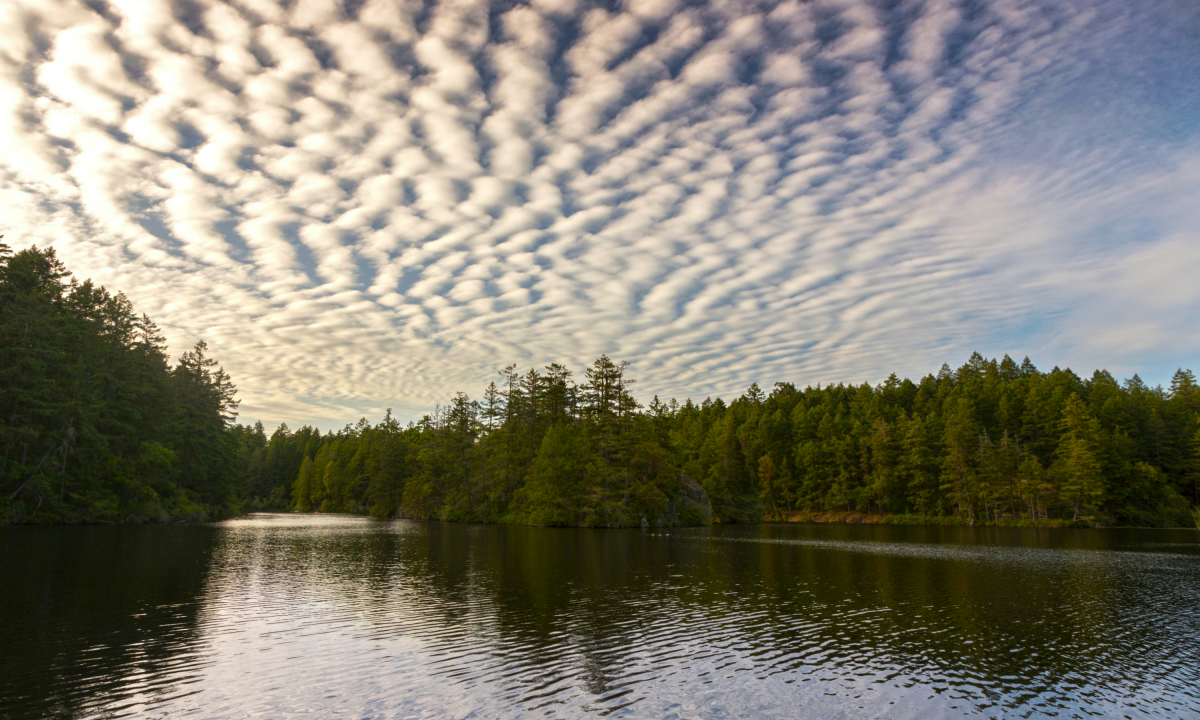In Manitoba, Canada, and indeed all over the world, policy-makers grapple with the costs of maintaining natural ecosystems, including wetlands and forests, for example.
Pelly’s Lake is a natural lake and wetland in Pembina Valley in Manitoba, while Stephenfield Reservoir was built in 1963 for the storage of water for irrigation and domestic water supply and provides habitat for wildlife and is used for hiking, boating, camping and fishing.
As public budgets diminish, decision makers are often viewing such spending as a luxury that can be ill afforded, especially in light of other seemingly more urgent upgrades in mobility, healthcare, education, transport, social housing and the like.
However, natural ecosystems provide a range of “services”—that is, ecosystem services—such as storing water, supplying water, protecting against floods, preventing erosion, reducing the impacts of heat and drought, reducing air pollution, reducing noise pollution and improving aesthetics. With the advent of climate change, natural ecosystems are also critical, as they serve as buffers against catastrophic weather and the resulting floods, droughts, landslides and forest fires. However, what is the financial value of these “services”? Also, if policy-makers, investors and citizens were better informed on these services and their values, would it support the conservation and regeneration of natural habitats?
This SAVi assessment responds to these questions. It gives a valuation of the ecosystem services provided by examples of built and natural infrastructure:
- Stephenfield Reservoir is a civil engineered reservoir that was built for irrigation and domestic water supply; and
- Pelly’s Lake is a natural wetland that is being actively managed for flood control. Their added benefits are related to improved habitat and biodiversity, groundwater recharge, nutrient and sediment sequestration, carbon offsets and various economic uses of the biomass (plant material). From there, the assessment values the cost of the grey infrastructure that would be needed to provide the same level of service.
This assessment was conducted in close collaboration with LaSalle Redboine Conservation District, Manitoba Sustainable Development and Manitoba Infrastructure. We sourced data from public sources as well as from these organizations.
SAVi Results: Stephenfield Reservoir
The SAVi tool analysis indicates that the real value of Stephenfield Reservoir is that it provides extremely cost-effective irrigation and water storage services. The operating and management costs of the reservoir are CAD 256,000, while the irrigation and water storage services it provides enable economic activity that adds up to a cumulative discounted value of CAD 6.07 billion by 2050 (Table 2).
The SAVi analysis also highlights that, if the Province of Manitoba were to build grey infrastructure to provide the same water storage and irrigation services that are currently being provided by Stephenfield Reservoir, the capital cost required would be CAD 5.3 million. The cost of maintaining the reservoir by way of comparison is CAD 256,000.

Figure 1. Comparing the cost of Stephenfield Reservoir with new grey infrastructure that would provide the same volume of services, 2019 and 2050 (all costs are cumulative)

Figure 2. SAVi valuation on the costs, benefits and avoided costs of Stephenfield Reservoir, 2019 to 2050
SAVi Results: Pelly’s Lake
The real benefits of Pelly’s Lake are in the ecosystems and infrastructure services that it provides: representing cumulative discounted valuation of approximately CAD 60 million between 2019 and 2050. The breakdown is provided in Table 3.
When reviewing the climate change scenarios, we remind readers that the volume of rainfall has little effect on the performance of the wetland in terms of cattail harvesting, nutrient removal, carbon sequestration, etc.

Figure 3. Comparing the capital and operating costs of built or grey infrastructure to provide the services currently provided by Pelly’s Lake (cumulative values from 2019 to 2050)

Figure 4. SAVi valuation on the current costs and benefits of Pelly’s Lake (cumulative values from 2019 to 2050
Read the full report or brochure online.
